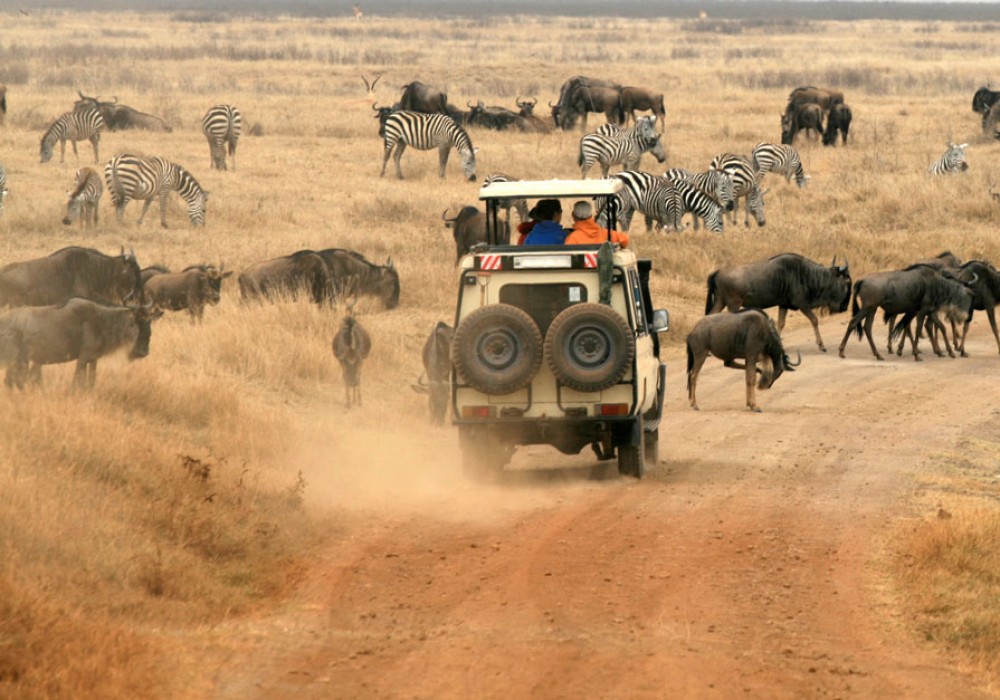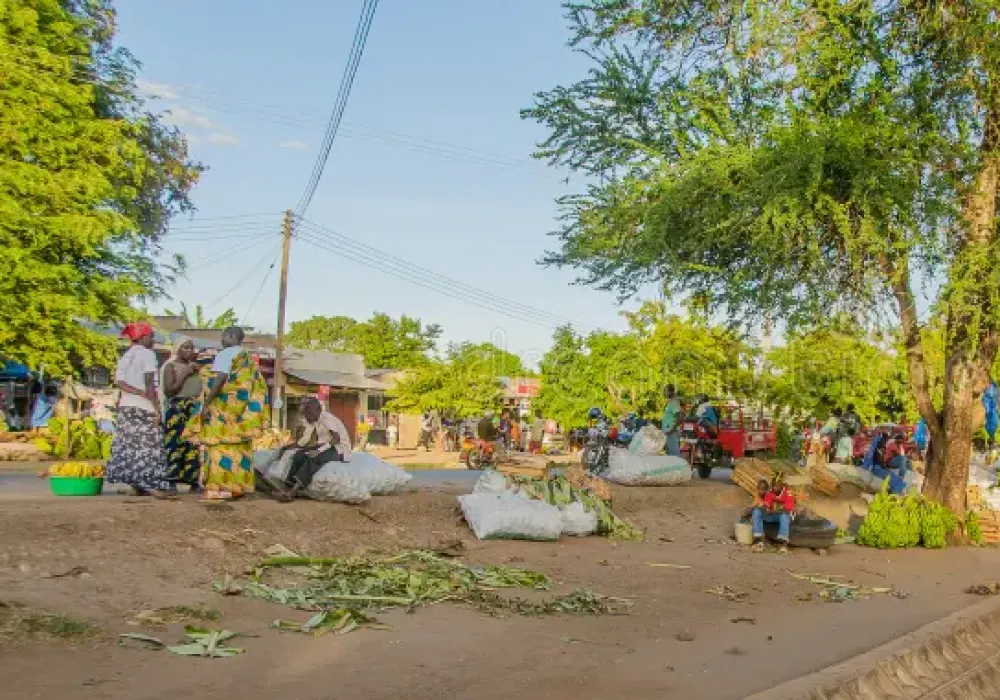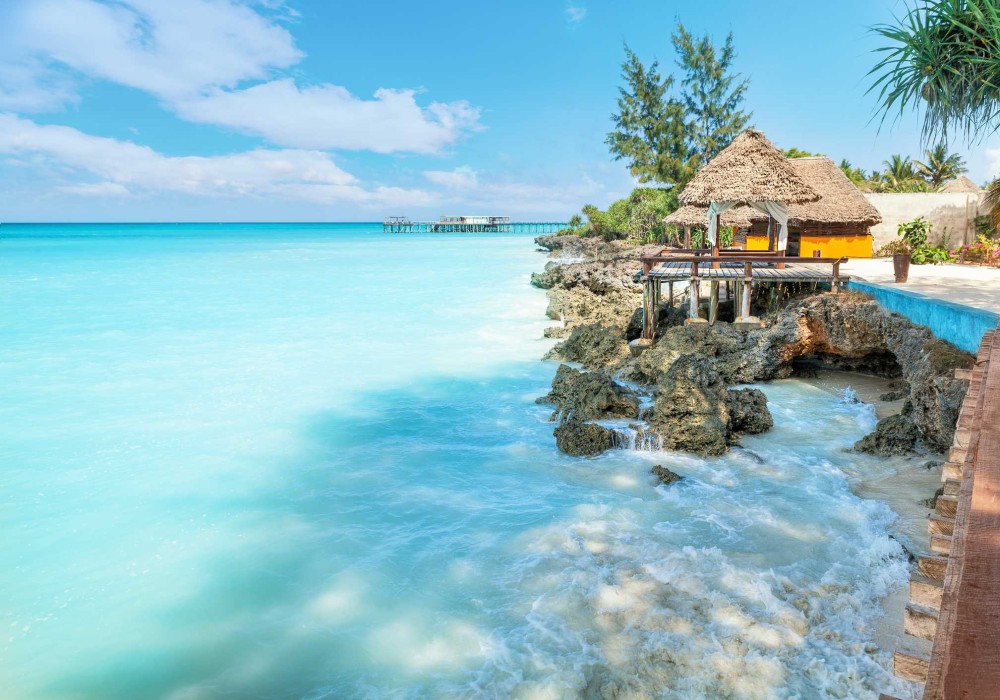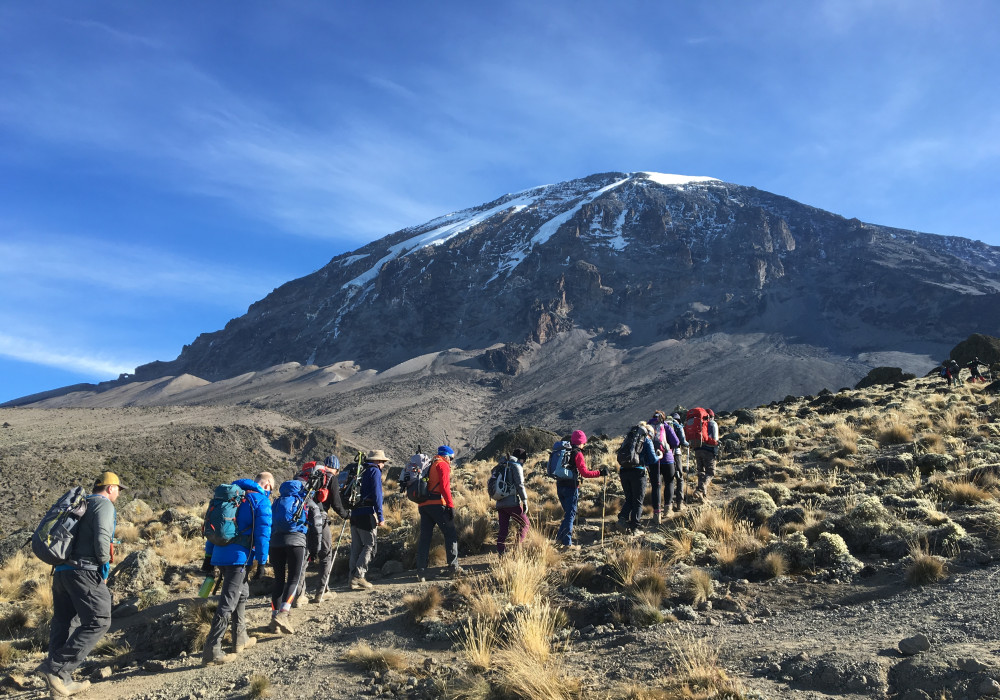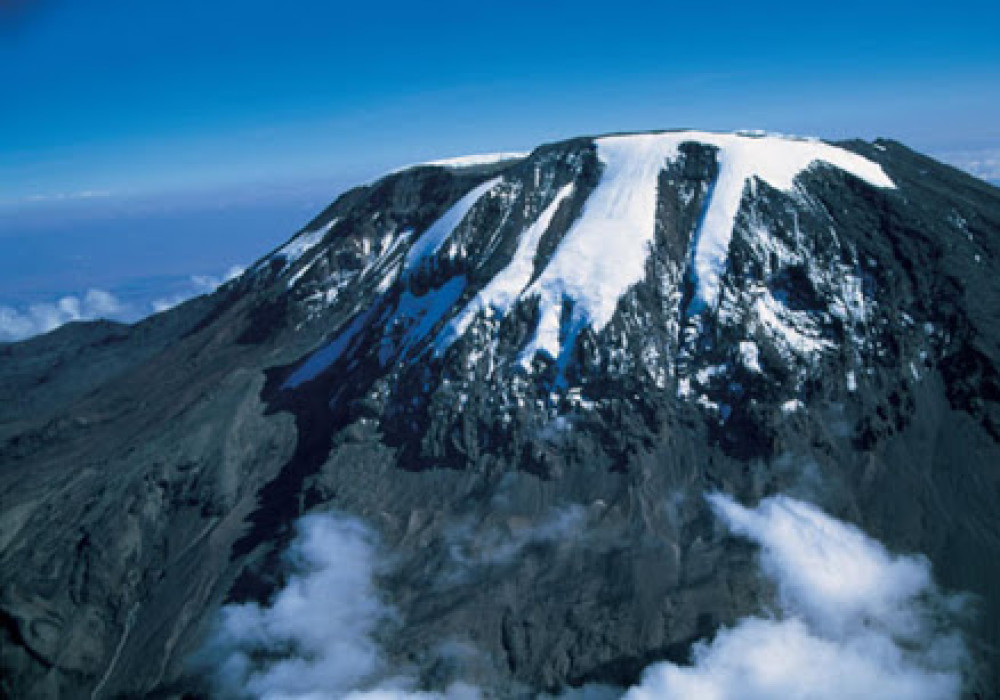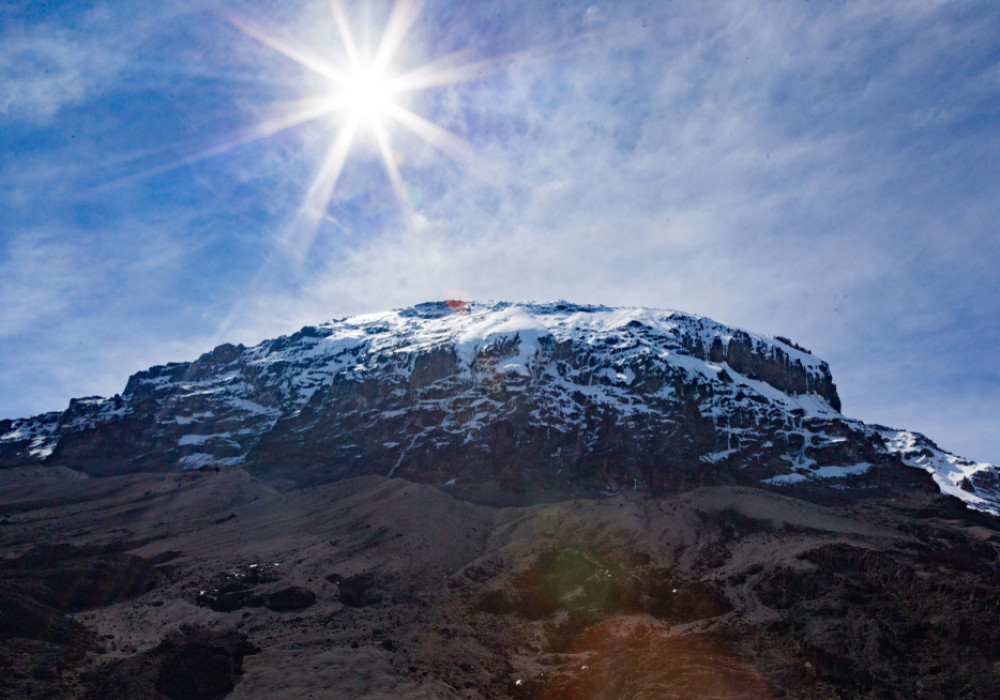Tanzania Safari
Tanzania is a popular destination for wildlife enthusiasts and nature lovers due to its stunning landscapes, diverse wildlife, and numerous national parks and reserves. Going on a safari in Tanzania is a dream come true for many travelers. Here are some key highlights and tips for a memorable Tanzania safari:
Serengeti National Park:
One of the most famous and iconic safari destinations in the world, the Serengeti is renowned for its annual wildebeest migration. The park is teeming with a wide variety of wildlife, including lions, elephants, giraffes, zebras, and more.
Ngorongoro Crater:
Often referred to as the "Eighth Wonder of the World," the Ngorongoro Crater is a massive volcanic caldera that acts as a natural enclosure for a vast array of wildlife. It's an excellent place to spot the "Big Five" (lion, elephant, buffalo, leopard, and rhinoceros) in a relatively small area.
Tarangire National Park:
Known for its large elephant herds, baobab trees, and diverse birdlife, Tarangire is a less crowded safari destination but offers an incredible safari experience.
Lake Manyara National Park:
This park is famous for its tree-climbing lions and the beautiful pink flamingos that inhabit the lake.
Selous Game Reserve:
As one of the largest protected areas in Africa, Selous offers a more remote and off-the-beaten-path safari experience. It's a great place for walking safaris and boat safaris on the Rufiji River.
Ruaha National Park:
This park is known for its rugged landscapes, baobab-dotted plains, and abundant wildlife, including large prides of lions and diverse bird species.
Mount Kilimanjaro:
For those seeking a unique experience, consider combining a safari with a trek to the roof of Africa, Mount Kilimanjaro. The mountain's snow-capped peak provides a stunning contrast to the surrounding savannah.
Tips for a Successful Tanzania Safari
Choose the right time:
The best time for a Tanzania safari depends on your interests. The dry season (June to October) is excellent for wildlife viewing as animals congregate around water sources. The wet season (November to May) brings lush landscapes, baby animals, and migratory bird species.
Pack appropriately:
Light, breathable clothing in neutral colors is ideal for safari excursions. Don't forget essentials like a hat, sunscreen, insect repellent, comfortable walking shoes, and binoculars for better wildlife viewing.
Respect the wildlife:
While on safari, remember that you are a guest in the animals' natural habitat. Keep a safe distance, don't approach or disturb them, and follow your guide's instructions.
Be patient:
Wildlife sightings are not guaranteed, and patience is key. However, Tanzania's diverse ecosystems offer many opportunities to witness incredible moments.
A Tanzania safari is a once-in-a-lifetime experience that will leave you with lasting memories of the incredible African wildlife and landscapes. It's essential to plan and prepare to make the most of this extraordinary adventure.
FAQ About Safari
Tanzania is home to a diverse range of wildlife. On a safari, you can spot iconic African animals such as lions, elephants, buffalos, leopards, rhinos (in Ngorongoro Conservation Area), giraffes, zebras, cheetahs, wildebeests, hippos, crocodiles, and numerous bird species. The Serengeti also hosts the annual wildebeest migration.
Tanzania offers various safari options to cater to different preferences and budgets. You can choose from classic game drives in 4x4 vehicles, walking safaris, balloon safaris, photographic safaris, cultural safaris, luxury tented camps, lodge safaris, and camping safaris. There are options for group safaris or private/customized safaris.
Tanzania is known for its remarkable national parks and reserves. Some of the popular ones include Serengeti National Park, Ngorongoro Conservation Area, Tarangire National Park, Lake Manyara National Park, Selous Game Reserve, and Ruaha National Park. Each park offers unique wildlife experiences and landscapes.
Essential items to pack for a Tanzania safari include lightweight and breathable clothing, neutral-colored clothing for wildlife viewing, a wide-brimmed hat, sunscreen, insect repellent, sturdy walking shoes, a good pair of binoculars, a camera with extra batteries and memory cards, and any required medications.
The best time for a safari in Tanzania is during the dry season, which generally runs from June to October. This period offers excellent wildlife viewing as animals gather around water sources.
However, different parks have different peak seasons, so it's advisable to check specific park recommendations. The Serengeti's wildebeest migration is a major highlight from December to July.
Tanzania is generally considered safe for tourists, including safari-goers. However, it's always important to follow safety guidelines, listen to your safari guides, and take necessary precautions to ensure a safe and enjoyable experience. It's also recommended to check the latest travel advisories from your country's government before your trip.
Most travelers require a visa to enter Tanzania. Visas can be obtained in advance from Tanzanian embassies or consulates in your home country, or you can obtain a visa on arrival at Tanzanian airports and land border crossings. It's recommended to check the visa requirements based on your nationality and make the necessary arrangements beforehand.

